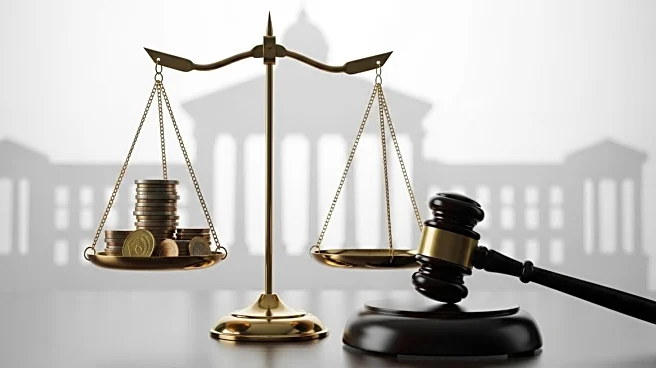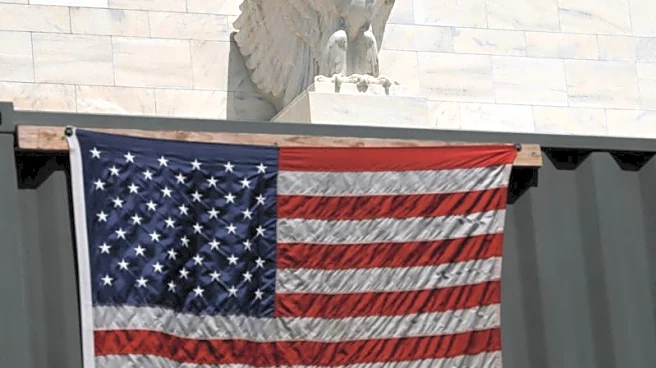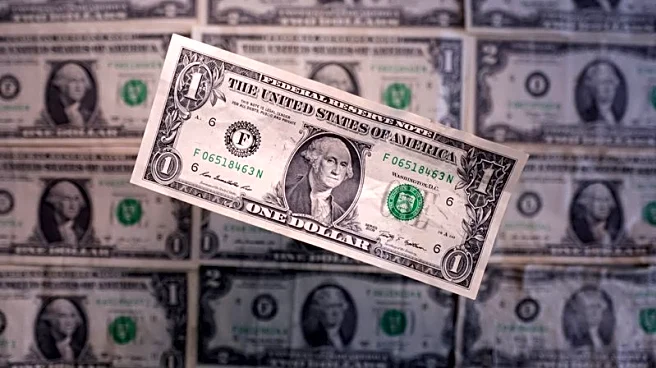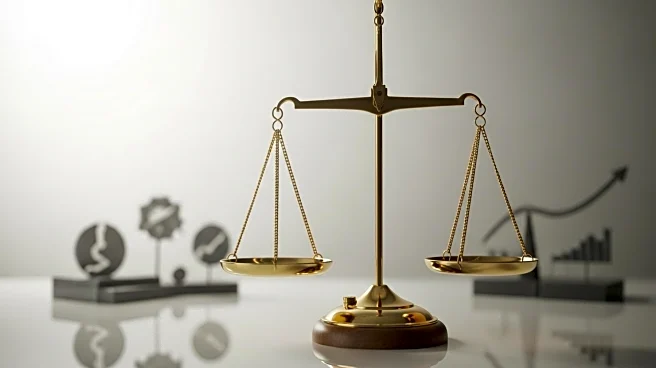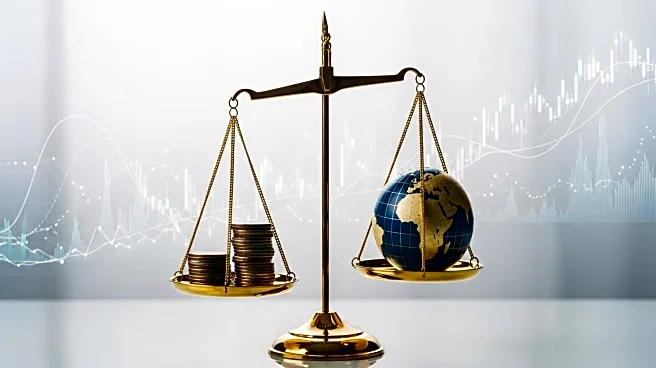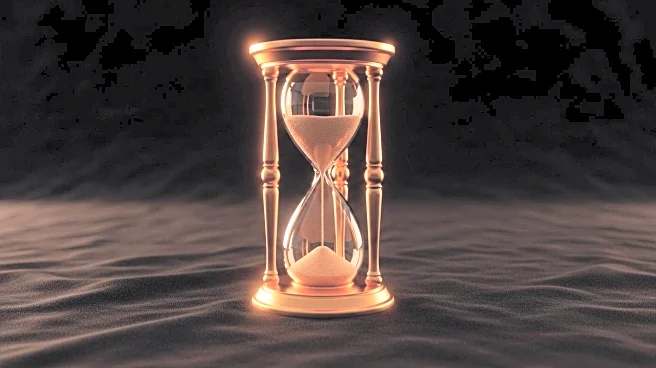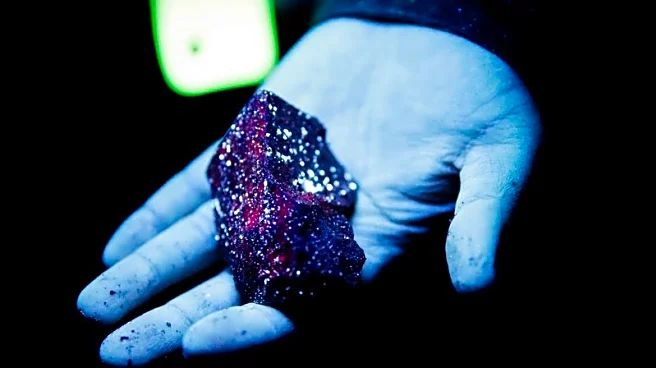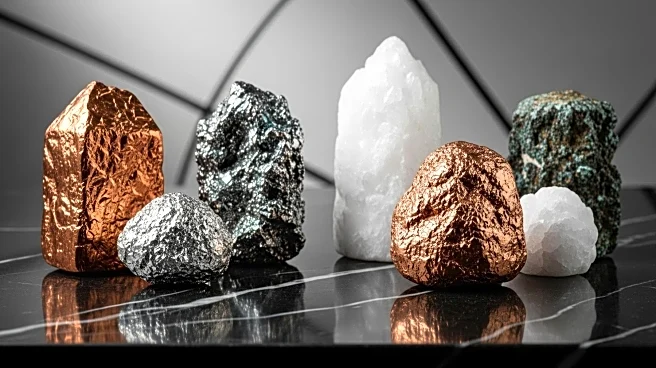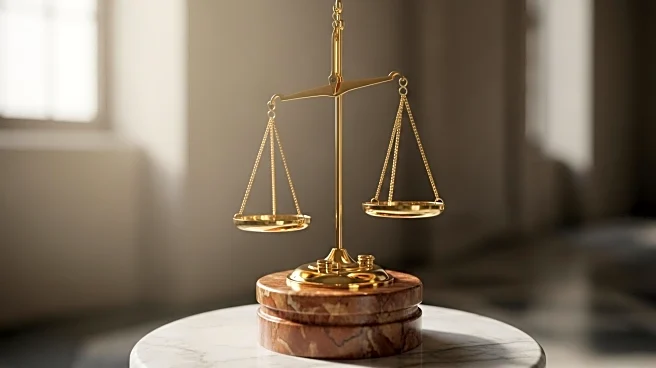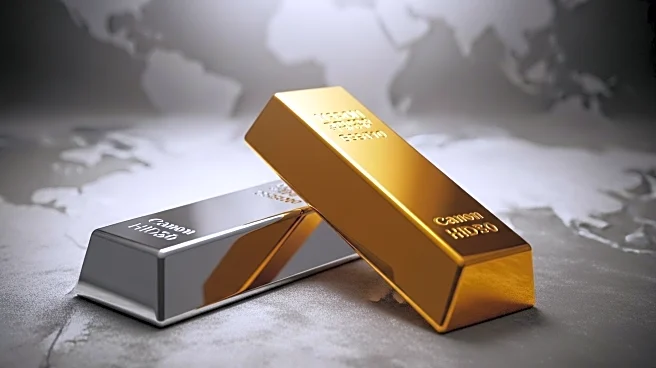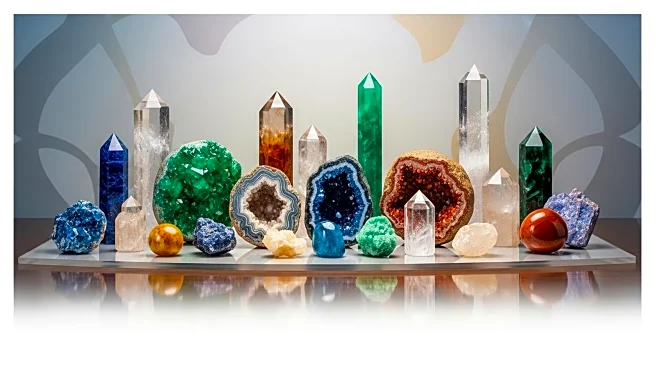What is the story about?
What's Happening?
The U.S. Geological Survey and the Department of the Interior have proposed adding silver to the list of critical minerals, highlighting its growing strategic importance. This move comes as silver experiences a technical breakout, potentially pushing its market value towards the all-time highs seen in April 2011. The demand for silver is being driven by expanding industries such as solar energy and artificial intelligence, which are increasing consumption and putting pressure on the limited supply. Economic conditions, including projected stagflation and a weakening U.S. dollar, are also contributing to the rising interest in silver as a safe-haven asset. Investors are advised to consider futures trading alongside their physical holdings to navigate the volatile market effectively.
Why It's Important?
The inclusion of silver in the critical minerals list underscores its significance in national security and economic strategy, particularly as the U.S. seeks to bolster its renewable energy and tech sectors. The increased demand from these industries could lead to a supply squeeze, further elevating silver's market value. For investors, this presents both opportunities and challenges, as they must balance the potential for high returns with the risks associated with market volatility. The anticipated economic slowdown and inflationary pressures make precious metals like silver attractive as hedges against economic uncertainty, potentially influencing investment strategies and market dynamics.
What's Next?
As the proposal to classify silver as a critical mineral progresses, it may lead to increased regulatory focus and investment in domestic silver production. Investors might continue to explore futures trading strategies to capitalize on market movements, such as constructing long-dated call spreads. The Federal Reserve's expected easing of monetary policy in September could further impact the U.S. dollar and, consequently, silver prices. Stakeholders in the renewable energy and tech sectors may also adjust their supply chain strategies in response to potential changes in silver availability and pricing.
Beyond the Headlines
The strategic importance of silver extends beyond its economic value, touching on ethical and environmental considerations. As demand grows, the mining industry may face increased scrutiny over sustainable practices and the environmental impact of extraction processes. Additionally, the geopolitical implications of securing a stable silver supply could influence international trade policies and relations, particularly with countries that are major silver producers.
AI Generated Content
Do you find this article useful?


